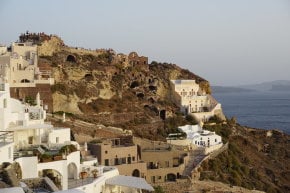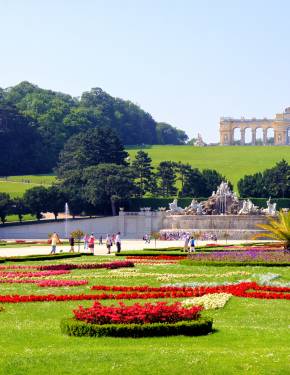The Best Sunsets in Croatia 2026
Famous Adriatic sunset in Zadar impressed Alfred Hitchcock
Best time: April–November
The local legend says that film director Alfred Hitchcock was so impressed by Zadar's sunset that he called it the most beautiful in the world. Well, and there is still something to see and to listen to in Zadar! Where else would you find a working organ, operated entirely by water and built into the steps leading to the sea?
Every afternoon the sea and the sun in Zadar give a unique performance that is also free of charge. The best time to catch the sun in Zadar is obviously summer. In July, the daylight there lasts for 15 hours while in the winter months for just 8-9. Another sunset not to miss would be in Hvar–the sunniest island in Croatia according to Lonely Planet guide, with over 2,700 hours of sun per year. You can also enjoy beautiful sunsets in other coastline cities such as Dubrovnik and Split.





















































